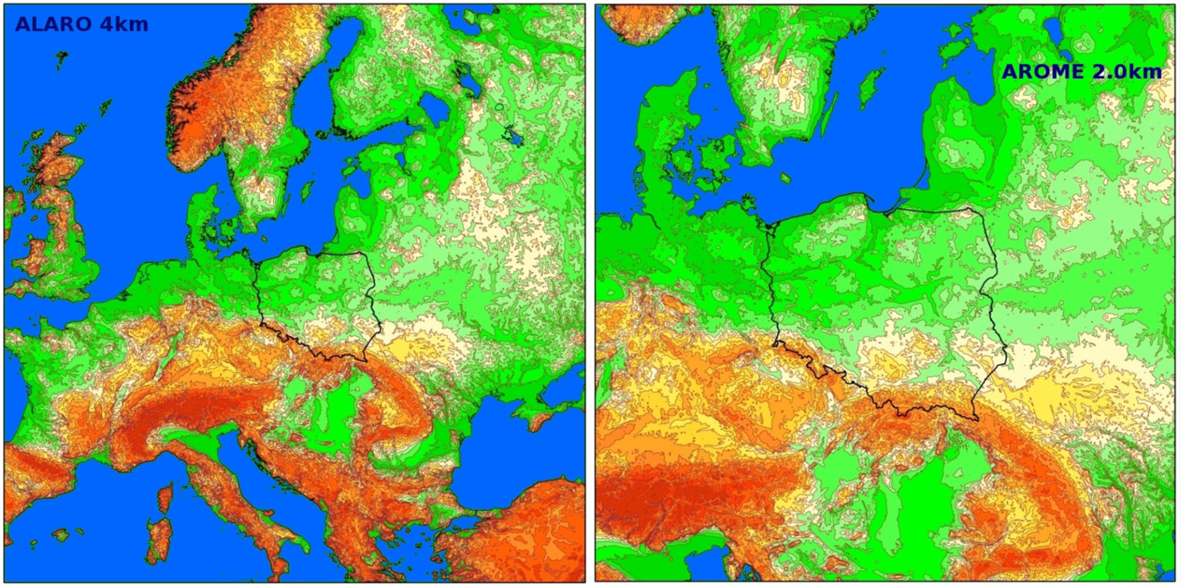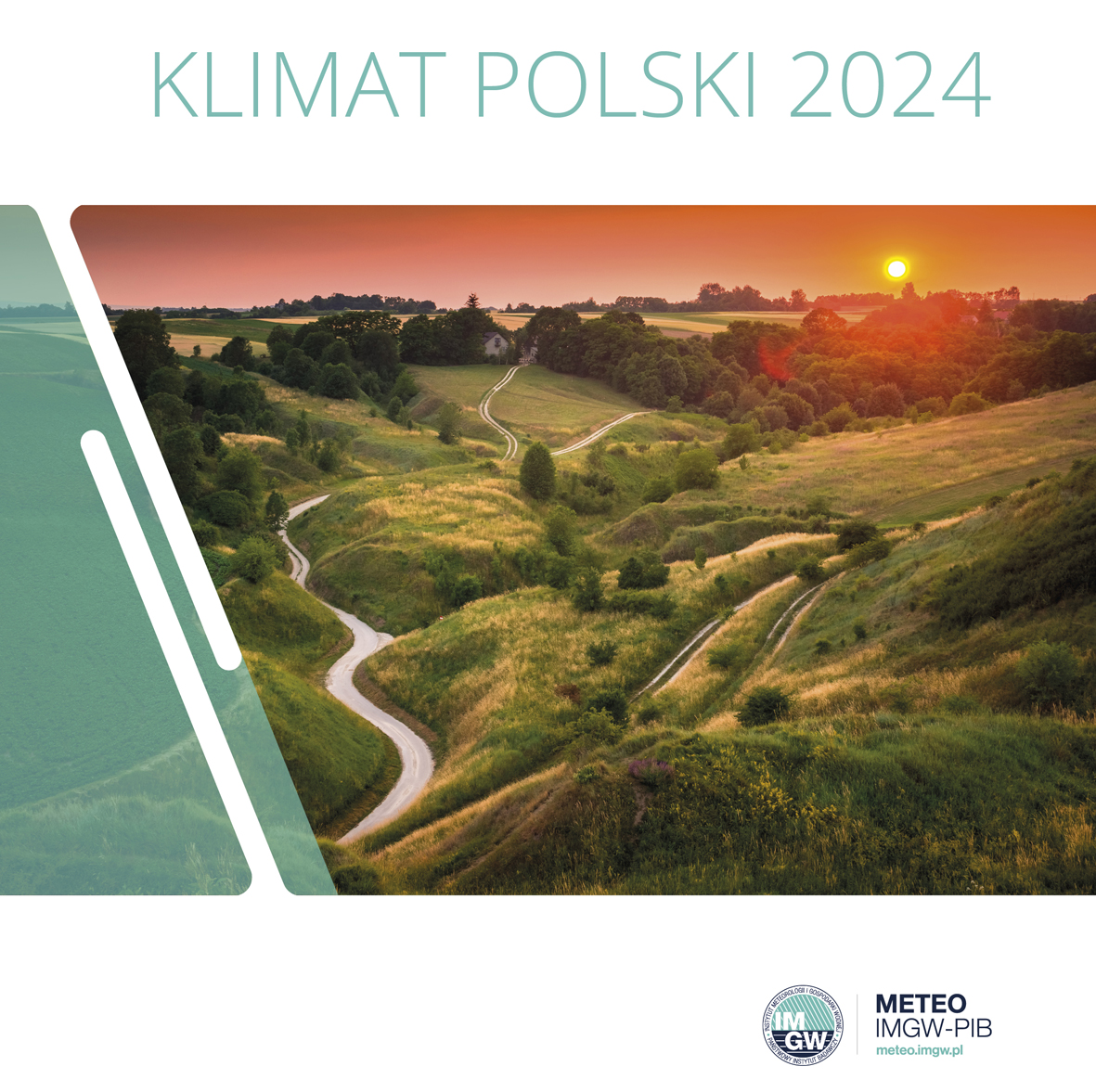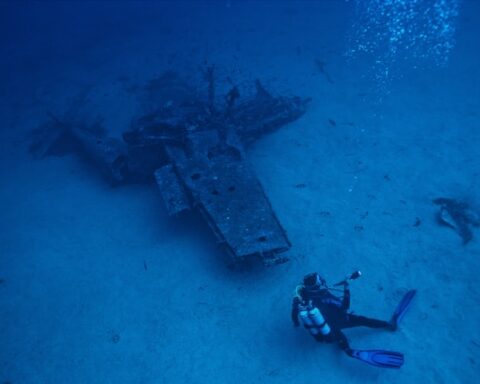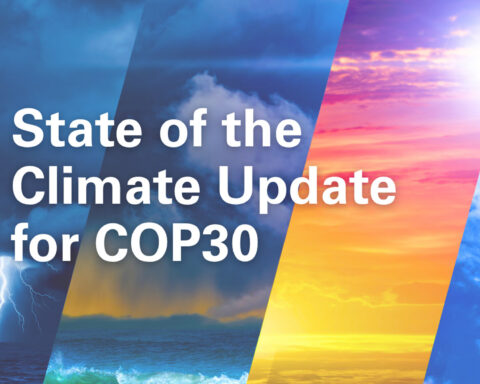When the dust settled after the fall of the Berlin Wall, many technological processes and innovations came to Poland from the West. Among them was the initiative of the French institute Météo-France, which in the autumn of 1990 invited Poland, Bulgaria, the Czech Republic, Slovakia, Romania and Hungary to participate in the numerical weather prediction (NWP) project. The idea was to create a regional version (LAM) of the global weather forecast model ARPEGE.
AUTHOR: Marek Jerczyński, IMGW-PIB/Meteorological Modelling Centre
The head of Météo-France, André Lebeau, designated the funds and presented solutions on the basis of which a system of regular, several month-long internships for NWP specialists was initiated at the headquarters of the French meteorological service in Toulouse. On the part of IMGW, Adam Wojtach was responsible for the process, followed by Marek Jerczyński and Adam Dziedzic. Six years later, in 1996, an agreement initiating the ALADIN consortium was signed. Each signatory of this memorandum undertook to develop the forecasting system by an in-kind contribution of a minimum of two experts, with the option of replacing them every year, and financing their participation in coordination meetings. On the part of the IMGW, Tadeusz Zieliński was the signatory. Each member was granted co-ownership of the model code for its own operational and research needs, as well as a guarantee of provision by Météo-France of necessary inputs from the global model.
IMGW started preparations and in spring 1997 a working team was established in the following composition Adam Dziedzic, Małgorzata Szczęch, Jadwiga Woyciechowska, Witold Owcarz; Marek Jerczyński became the coordinator. A few months later, an agreement was signed with Cyfronet Academic Computer Centre in Kraków to run the model on its computing resources. There were some difficulties, but by the end of the year, the ALADIN model was working on Cyfronet’s machine – IBM RS/6000 SP. In the following years, SGI machine was also used, and then Linux clusters: SGI Origin 2000, SGI Origin 2800, and SGI Altix 3000. The input data was transferred from Météo-France to ACK Cyfronet via the Internet. Forecasting results were sent from Cyfronet to the Cracow branch of IMGW via radio links.

At the same time, IMGW developed IT solutions that enabled automatic retrieval of input data from Météo-France servers, calculation of the forecast, conversion of the results to selected formats, and their transfer after conversion. Prognostic products were produced on local servers of the Cracow branch of IMGW from obtained modelling results and made available to interested services and research groups. These products were distributed using the first internal server of this type at IMGW. In the spring of 1998, the initial test production of numerical weather forecasts was launched. One year later, it was already operating in fully automated operating mode and provided new forecasts every 12 hours.
Over the following years, the ALADIN model has evolved to better and better spatial resolutions. The computational domains and the time horizon of forecasts have expanded. Currently, two operating models are counted: ALARO with a spatial resolution of 4 km and AROME with a spatial resolution of 2 km. Since 2020, IMGW is also a member of the RC-LACE (https://www.rclace.eu/). In 2021 the ALADIN consortium merged with HIRLAM to form a new group called ACCORD (http://www.accord-nwp.org/), which associates 26 countries from Europe and North Africa.

Author: Marek Jerczyński | Meteorological Modelling Centre, IMGW-PIB.
Main photo: John Rodenn Castillo | Unsplash.




















